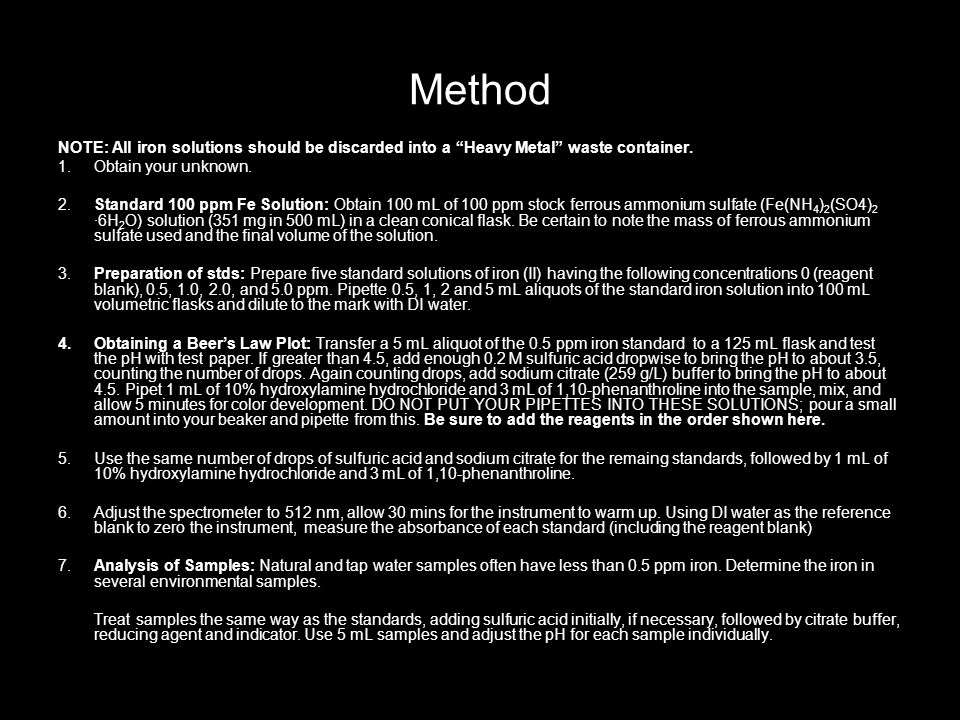

One study suggested that the higher risk may be due to a higher rate of hypertension in the South and certain dietary habits, particularly lower intake of magnesium and low use of calcium supplements. People living in the southeastern United States may have more kidney stones than people living elsewhere, and it is thought that the cause may be related to temperature and dehydration.įor example, studies report the highest occurrence of kidney stones in the southern region of the US and the lowest in the West. Some studies show dehydration increases the chances of having kidney stones, and drinking plenty of water may very well prevent their formation.

Among them, in addition to Texas, are California, Connecticut, Massachusetts, Salt-based water softeners add sodium or potassium to the water which makes the water feel slippery.ĭid You Know Salt Based Water Softeners are being BANNED? – Many communities throughout the US, or even the states themselves, have or are considering legislation prohibiting certain types of water softener brine discharge. Water with low mineral count is naturally slipperyįact: Naturally softened water does not feel slippery to the touch. High salts in wastewater streams can harm aquatic life and damage crops irrigated with downstream waters. Salt water softeners are safe for the environment.įact: According to Ann Heil, a supervising engineer at the Sanitation Districts of Los Angeles County, automatic salt water softeners waste water and put a salty brine discharge into the wastewater stream. Salt water softeners do not remove chlorine and disinfection byproducts.
#How to calculate ppm of iron skin
Hard water is harsh, fades clothes and dries skin and hairįact: Hard water does not fade colors or dry skin and hair chlorine does. Chlorinated, salty water still runs throughout the rest of the home. A reverse-osmosis system is then required to remove salt, sediment and chlorine to produce palatable water for drinking and cooking, but only at the kitchen tap. In other words, salt water softeners take ordinary, chlorinated tap water and turn it into ordinary, chlorinated, salty water. You convert milligrams per liter or parts per million by dividing the total by 17.1 to get grains per gallon hardness.įact: Scientific findings supported by officials from the World Health Organization have shown that drinking water rich with essential minerals, specifically calcium and magnesium, protects good health and leads to lower instances of heart disease and stroke.įact: Salt water softeners do not filter water instead they exchange sodium for healthy minerals.

For example if your water test shows 250 mg/L hardness you actually have 14.62 grains per gallon. If a test for hard water is measured in parts per million or milligrams per liter you can take the total hardness level and divide it by 17.1 to get hardness in grains per gallon. Grains or a grain per gallon (GPG) is a weight measurement taken from the Ancient Egyptians, and is the equivalent of one dry grain of wheat, or about 1/7000 of a pound. One part per million (PPM) is just what it says: out of one million units, one unit is a hard water mineral. Most water hardness testers measure or report hard water in grains per gallon, but some laboratories use milligrams per liter, or parts per million. Dissolved calcium and magnesium are most often responsible for hard water. Hard water describes water containing dissolved “hardness” minerals above 1 GPG. Hard water is the most common water problem found in the average US home.


 0 kommentar(er)
0 kommentar(er)
